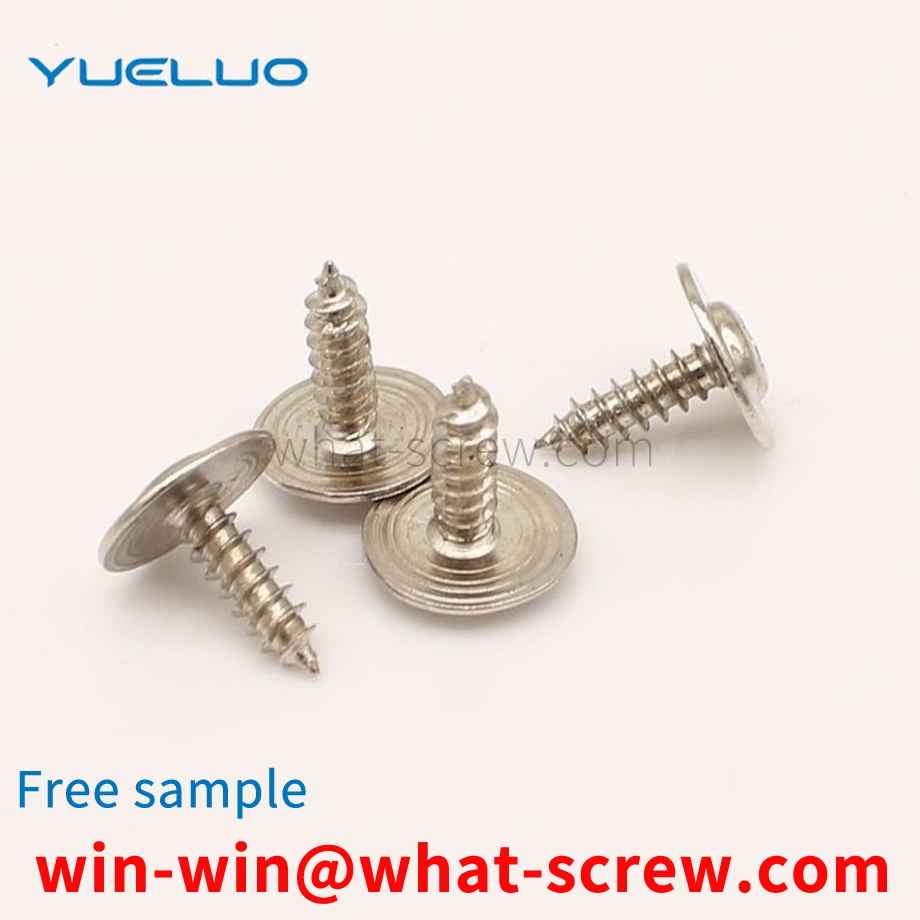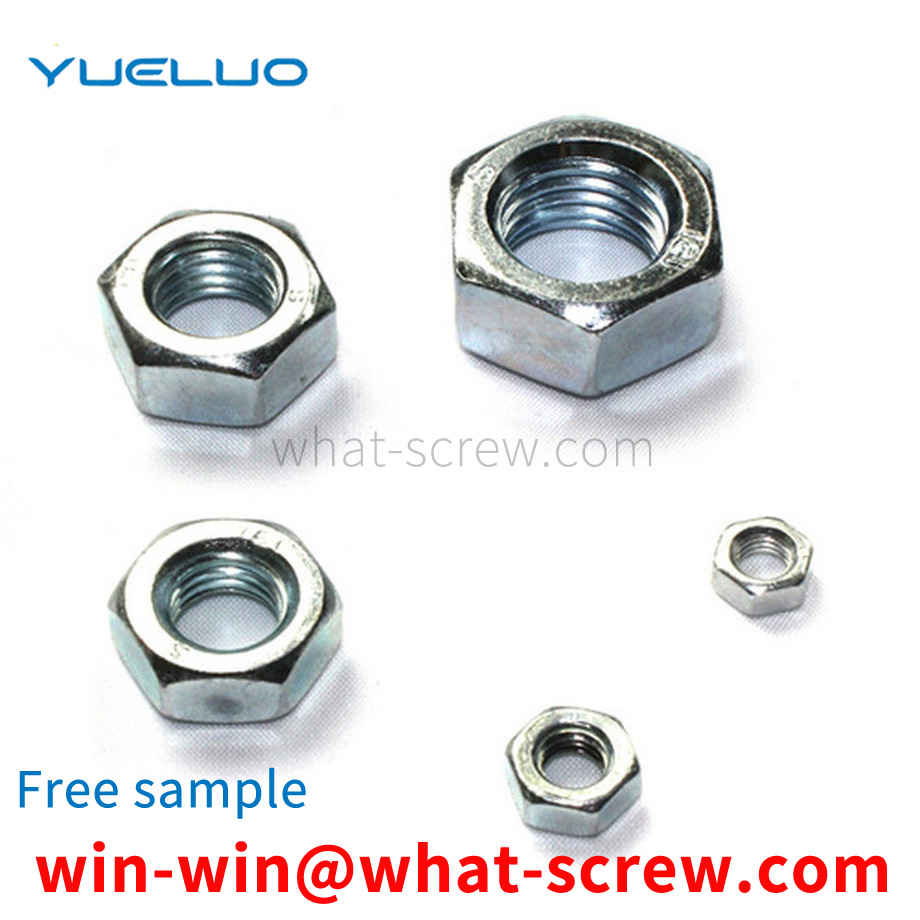The conventional auger bit structure 1 includes a rod body 11, a screw head 12 provided on one end of the rod body 11, a drill tail 13 provided on the other end of the rod body 11, and a plurality of threads 14 arranged around the rod body 11; Wherein, the periphery of the drill tail 13 defines a parting line 15, and the parting line 15 makes the drill tail 13 symmetrically divided into a side 131 and a side 132, and a cutting end 133 is formed at the junction of the end of the side 131 and the end of the side 132, respectively. The cutting end 133 is concavely provided with a quarter-turn chip flute 134 in the same direction of the helix, and the edge 132 continues the chip flute 134 and has a quarter-turn chip flute 135 with different helical curvatures. , by connecting the chip groove 134 and the chip groove 135 through different helical curvatures, the drill tail 13 can form a symmetrical and complete chip groove of 189 degrees.
As shown in FIG. 1 and FIG. 2 , a rivet die in the prior art includes a set of top die 1 and cover die 2 arranged opposite to each other. The top die 1 is provided with a cavity 1 in the center that matches the shape of the rivet dome head 3-1. -1, the center of the cover mold 2 is provided with a mold cavity 2-1 that matches the shape of the rivet dome head 3-3.
At present, in the power industry, for the fixing of terminals, most of the terminals are directly locked to the fixing screws using U-shaped clips. However, since the contact surface often cannot reach the level of flatness, it will cause difficulties in locking, and it will take a long time. Easy to loose and fall off. Although the use of spring clips is effective, due to the influence of its own width, the use of spring clips is not very extensive. Contents of the utility model The purpose of Yueluo Guangdong Yueluo Hardware Industry Co., Ltd. is to provide an automatic locking screw for fixing the U-shaped clip. In order to achieve the above purpose, Yueluo adopts the following technical solutions: an automatic locking screw. From bottom to top, there are screw head, screw rod and nut with external thread. The screw rod is a hollow screw rod, and the hollow screw rod is on both sides. Long holes are respectively provided, the width of the long holes is smaller than the inner diameter of the hollow screw rod, a spring is arranged in the inner cavity of the hollow screw rod, the upper end of the spring is provided with a plug, and the two wings of the plug protrude out of the hollow screw rod through the long hole. The spring described by Yueluo is not less than the length of the hollow screw rod in the free extension state. The distance between the two wings of the plug described by Yueluo is greater than the diameter of the nut. Yueluo adopts Guangdong Yueluo Hardware Industry Co., Ltd., which can easily realize the automatic locking of the U-shaped clamp, and can be adjusted according to the thickness of the U-shaped clamp to ensure the close contact between the U-shaped clamp and the connecting screw.
Nuts and bolts are one of the most widely used fasteners in modern mechanical structures. At present, the common metric bolts and nuts are generally trapezoidal in cross-section. The connection between the bolt and the nut is prone to loosening under severe vibration, or even falls off by itself, and the tightening force of the bolt and nut thread is mainly concentrated in the bolt thread and Between the teeth of the first few threads where the threads of the nut are in contact, resulting in loosening of the fastener and sliding pressure of the threads
The Greek mathematician Arkutas once described the principle of screw, screw, screw. In the first century AD, the Mediterranean world had begun to use wood screws, screws, and screws in screw presses that could press olive oil from olives, or make wine from grapes. Before the fifteenth century, metal screws, screws, screws were rarely used as fasteners in Europe. Rybczynski (Rybczynski) proves that hand-held screwdrivers and screwdrivers existed in the Middle Ages (at the latest AD 1580), but it was not until the eighteenth century that threaded fasteners were commercialized and began to be widely used. . Before threaded fasteners were widely used, there were many different ways of tightening. Mostly related to woodworking and forging, and less to machining, concepts such as dowels and pins, wedges, tenon and tenon, dovetails, nails, forge welding, and others are tied with leather or fiber and tied together. Before the mid-nineteenth century, ships were built with cotter pins, pin bolts, or rivets. There were also adhesives, but not as many as they are here today. Metal screws, screws, and screws became commonly used fasteners after the use of machine tools in the 18th century to mass-produce screws, screws, and screws. This technology developed around the 1760s and 1770s, along two separate processes. Approaches, but quickly converged: wood screws, screws, screws (metal screws for wood fixing, screws, screws) are machined with single-purpose, high-yield machines, and low-volume, mold shop style production V-Thread Machine Screws, Screws, Screws, can choose from a variety of different pitches.
We have many years of experience in the production and sales of screws, nuts, flat washers, etc. The main products are: mushroom screws, plum nuts, tire nuts, ultra-thin metal gaskets and other products, we can provide you with suitable fastener solutions for you.



















 Service Hotline
Service Hotline




